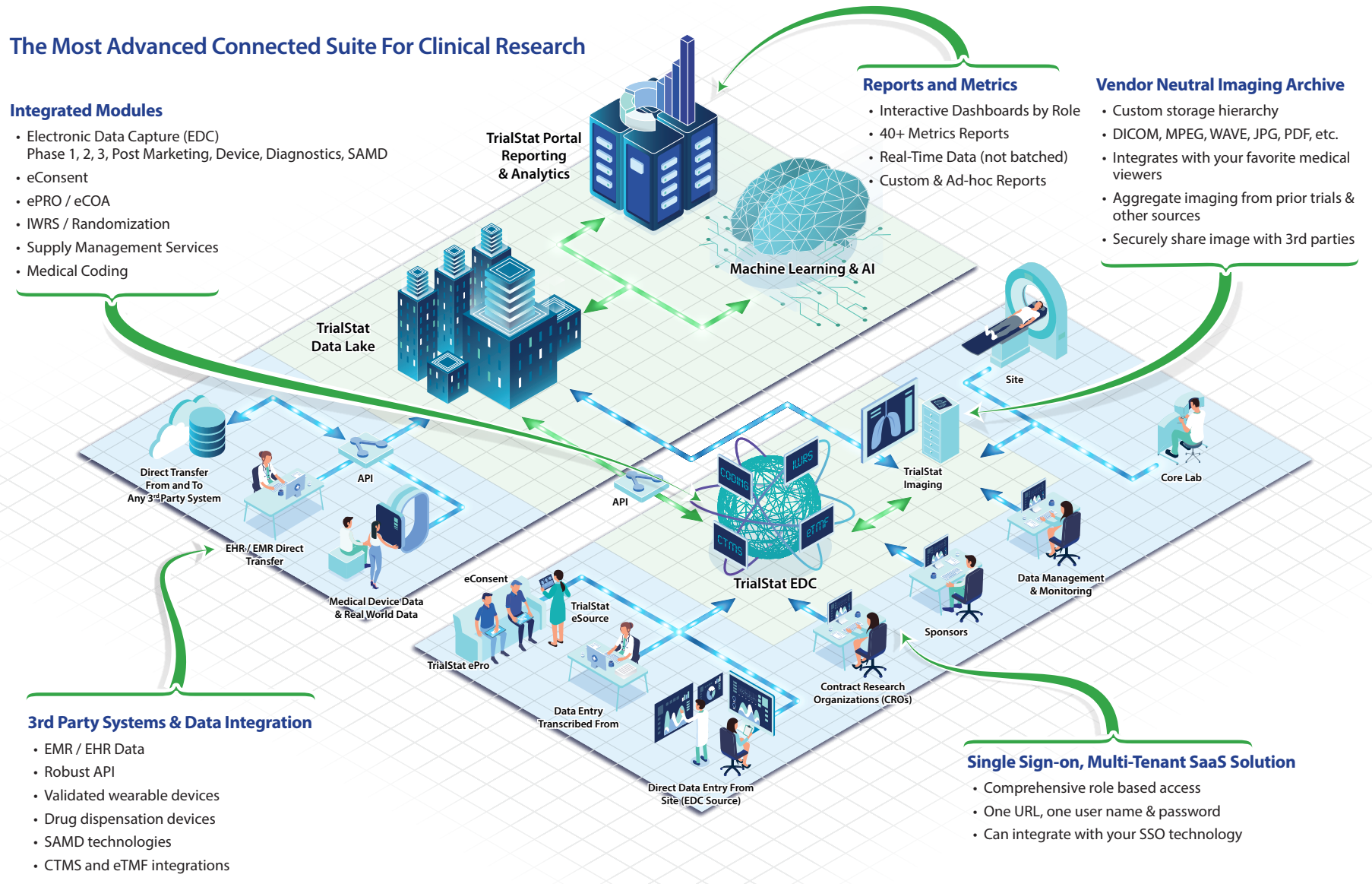uniQure Announces Clinical Update on First Patients in Phase I/II Clinical Trial of AMT-130 Gene Therapy for the Treatment of Huntington’s Disease
~ Treatment was well tolerated with no significant safety issues
related to AMT-130 in first two treated patients through one year of follow-up ~
~ Neurofilament Light Chain (NfL) rose as expected immediately following surgery and
returned to baseline in treated patients ~
~ A total of 19 patient procedures have been performed in the U.S. Phase I/II clinical trial,
with higher-dose cohort enrollment expected to be completed by mid-2022 ~
~ Screening initiated in European open-label Phase I/II study ~
~ Conference call today at 8:30 a.m. ET ~
Click tExcerpt from the Press Release:
LEXINGTON, Mass. and AMSTERDAM, The Netherlands, Dec. 16, 2021 (GLOBE NEWSWIRE) — uniQure N.V. (NASDAQ: QURE), a leading gene therapy company advancing transformative therapies for patients with severe medical needs, today announced initial observations on the first four patients enrolled in the lower-dose cohort of its ongoing Phase I/II clinical trial of AMT-130 for the treatment of Huntington’s disease. Two of the four enrolled patients received AMT-130, and two patients experienced an imitation (sham) surgery in this randomized, blinded clinical trial being conducted in the United States.
“We are pleased with these data that support the tolerability of AMT-130, a potential one-time gene-therapy approach for Huntington’s disease,” stated Ricardo Dolmetsch, Ph.D., president of research and development at uniQure. “Neurofilament light chain, a key biomarker of injury in the brain, trended downward and returned to baseline levels in the treated patients, and structural MRI data are consistent with the safety profile of AMT-130. Based on recommendations of the DSMB and steering committee, we will disclose efficacy data including volumetric MRI changes once all patients in the first two cohorts are unblinded. We look forward to evaluating safety, biomarker and functional data on a larger number of patients and over a longer period during the ongoing study.”
“AMT-130 appears to be generally well tolerated both immediately after surgical administration and at one year of follow up in these four patients,” stated Jody Corey-Bloom, M.D., PhD, professor of neurosciences at University of California, San Diego and chairperson of the Data Safety Monitoring Board (DSMB) for AMT-130. “We are encouraged by the early data in two treated patients and will continue to provide comprehensive safety oversight of the program as additional patients are enrolled and the trial expands into Europe. The DSMB will continue to oversee the conduct of this important program, and will evaluate safety, biomarker, imaging, and functional data as the program advances.”
One-Year Observations on AMT-130
The first four patients were a heterogeneous group representing a spectrum of Stage I-II early manifest disease with 41-44 CAG repeats, baseline Total Functional Capacity scores of 10-13 and Total Motor Scores of 7-23.
- AMT-130 was generally well tolerated in the treated patients at the lower dose of 6×1012 vector genomes (vg).
- There have been no serious adverse events (SAEs) to date related to AMT-130 in these patients.
- NfL increased as expected immediately following the AMT-130 surgical procedure and returned to baseline in the two treated patients. NfL remained relatively constant in the two untreated control patients.
- Structural magnetic resonance imaging did not reveal any clinically meaningful safety findings in either treated or control patients at one year of follow-up.
- Measurements of total and mutant HTT protein in the cerebral spinal fluid of the four patients were highly variable and inconclusive.
- The safety profile of AMT-130 in the low-dose cohort to date supports continued enrollment of patients in the higher-dose cohort of 6×1013 vg. Nineteen patients have been enrolled in the clinical trial to date, including 9 of 16 in the higher-dose cohort.
A clinical update on the low-dose cohort of ten patients, largely focused on safety, is expected in the second quarter of 2022 after patient unblinding. Full safety and efficacy data from the first two cohorts in the Phase I/II clinical trial are expected in the first half of 2023 after all patients in the higher-dose cohort have achieved one year of follow-up.
Click the button below to read the entire Press Release:
Discover What Sets TrialStat Apart From Ordinary EDC Platforms
Click the image or button below to explore our eClinical Suite Platform and discover what sets TrialStat apart from competing EDC platforms.
Request Your Demo Today!
From rapid database build through database lock, we deliver consistent quality on-time and on-budget. Ready to upgrade your eClinical toolkit?

